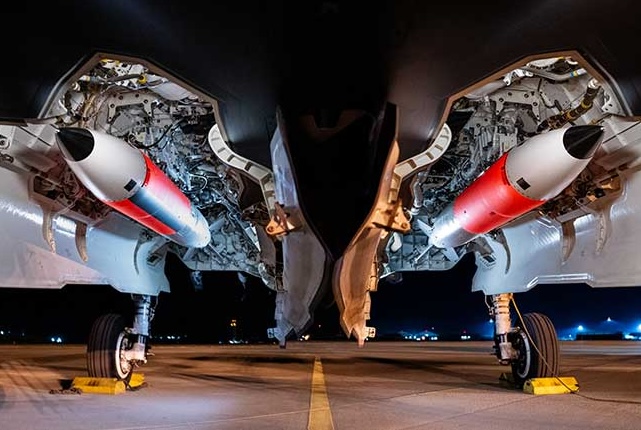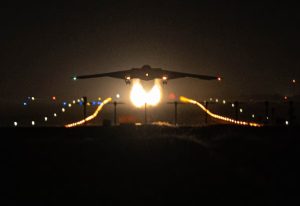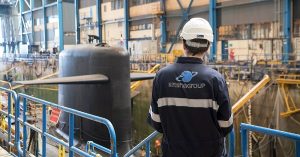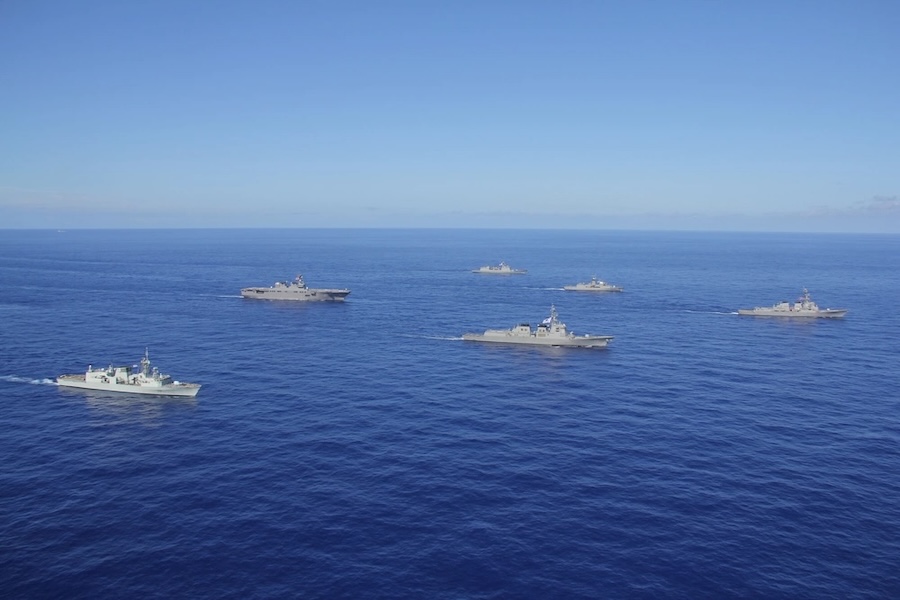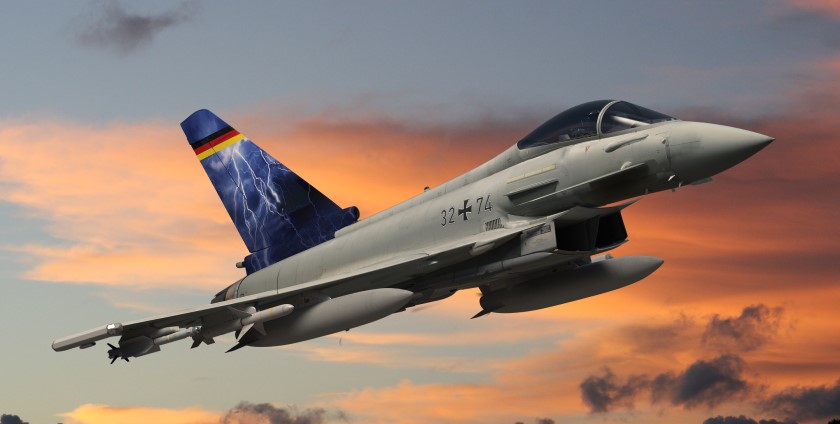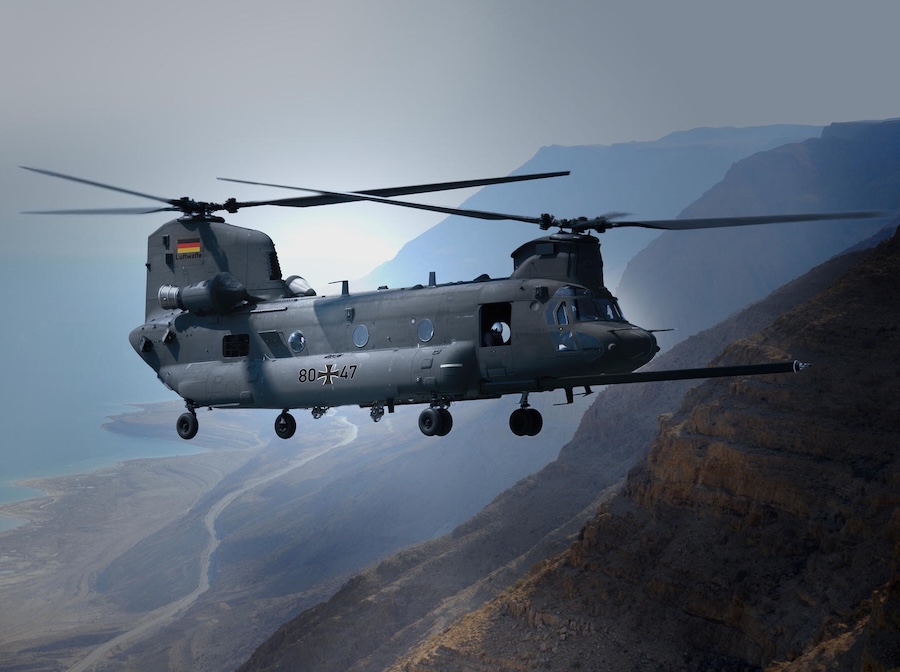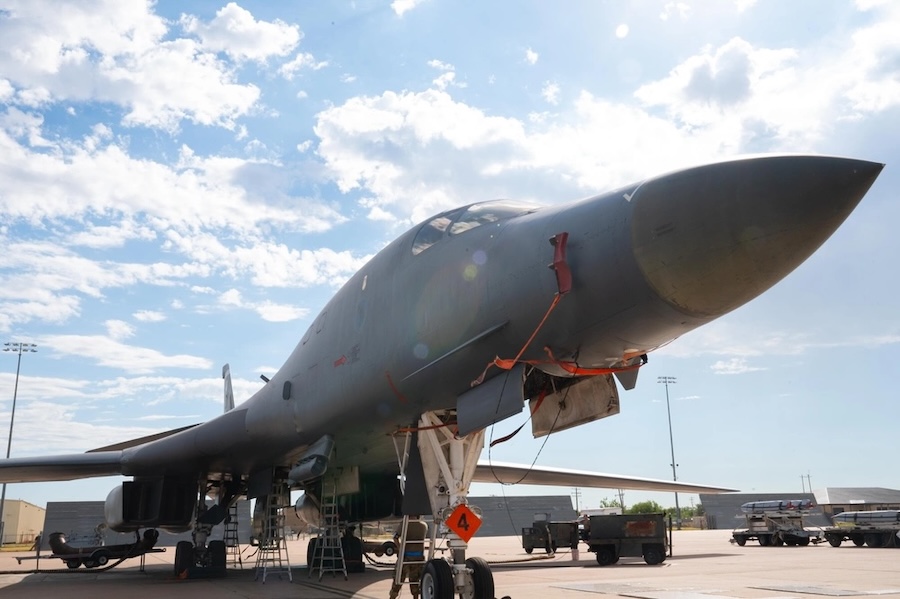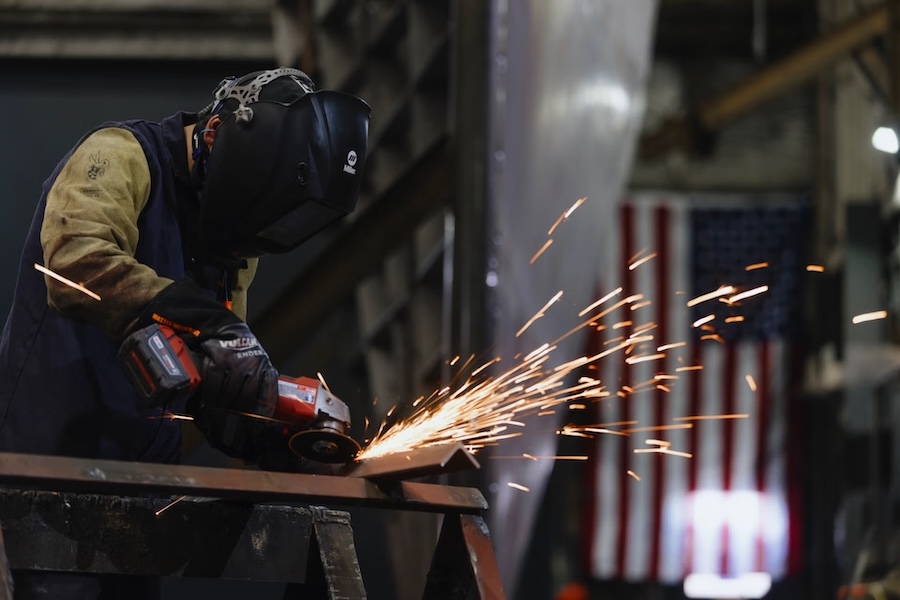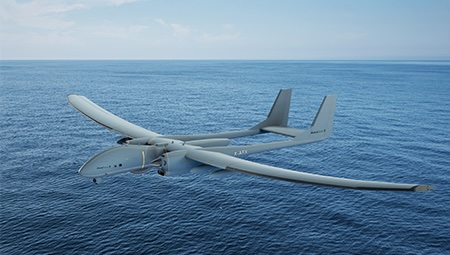Inert B61-12 nuclear gravity bombs were successfully carried and dropped by the aircraft, marking a key milestone in the assessment of the bomb’s capabilities. These were the only B61-12 stockpile flight tests of joint test assemblies conducted on an F-35 to date, demonstrating full system reliability across the aircraft, crew and weapon.
“This was the capstone accomplishment of a tremendous amount of planning and effort by those who were involved across not only Sandia, but many other agencies,” said Jeffrey Boyd, Sandia’s surveillance lead for the B61-12 and B61-13. He added, “These B61-12 stockpile flight tests represent the completion of the most B61-12 flight testing surveillance scope in a year to date and the most in a given year for the foreseeable future.”
The tests also featured the first-ever thermal preconditioning of a joint test assembly carried on an F-35 before release, validating environmental requirements under operational conditions. According to the laboratories, stockpile flight tests contribute to annual assessments and help maintain warfighter readiness.
Brian Adkins, Tonopah Test Range Manager, highlighted the importance of adaptability during testing, stating, “Expedient coordination by the entire test team resulted in two successful days of testing to evaluate three test assets.” The tests reflect close collaboration between Sandia, the Air Force and range personnel to ensure mission success.
Data collected will inform further analysis on aircraft and weapons reliability, helping support Sandia’s work in national security science. The B61-12 life extension programme, completed by NNSA in late 2024, has extended the bomb’s service life by at least 20 years.
Source: Sandia National Laboratories (press release).



